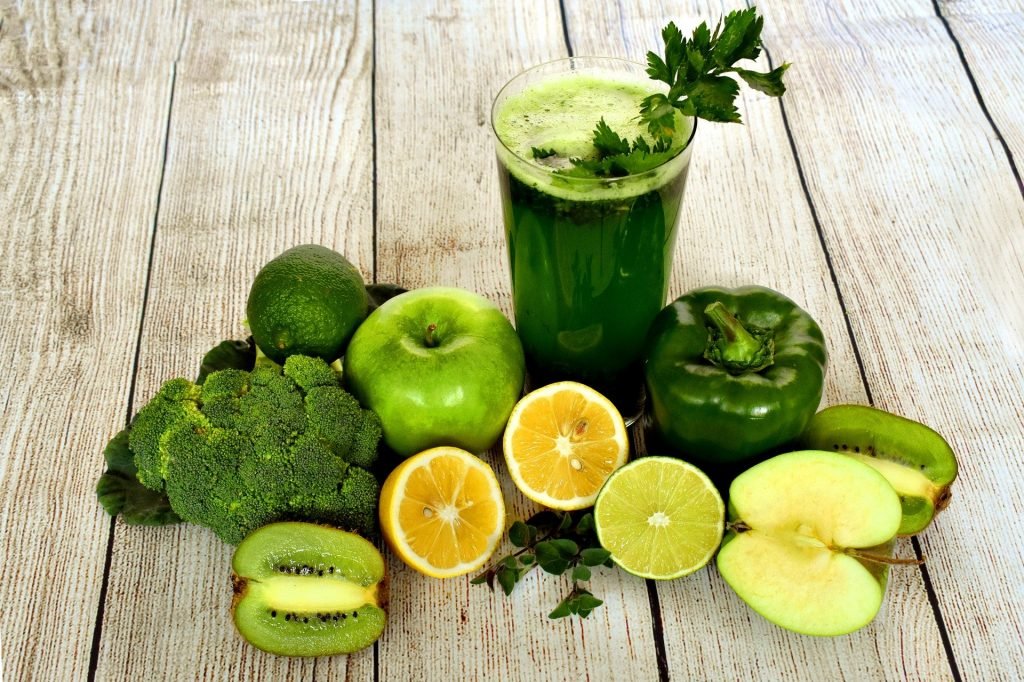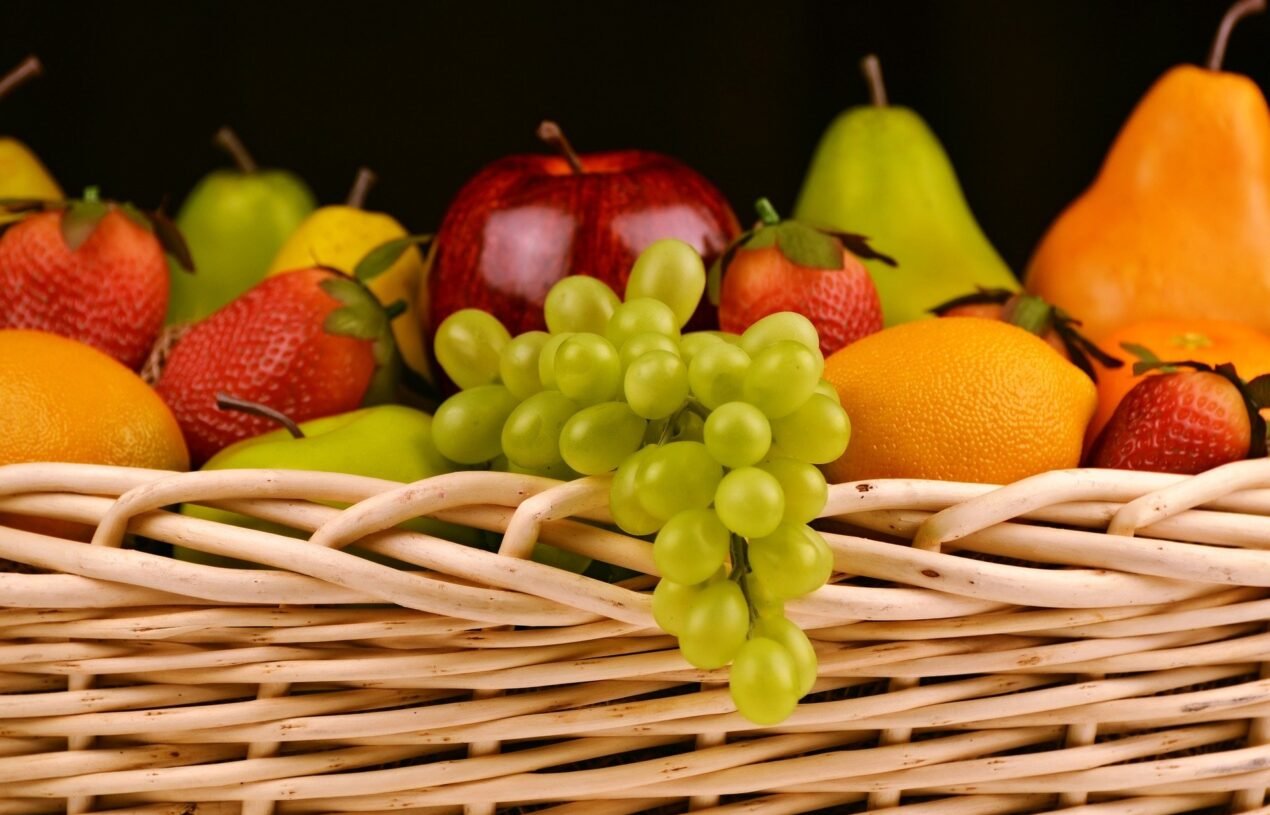Basically, it’s a type of vegan diet that excludes any kind of cooked meal. Fruitarians eat mainly fruits, leaves and nuts, all in raw state. Usually, fruitarians eat what can be taken from a plant without damaging the plant itself. Well, at least that’s what Wikipedia says. However, there are several “definitions” of fruitarianism. Some people claim that a fruitarian is a person who eats exclusively fruits and nuts. Others also add green parts of plants (leafy vegetables, salads, etc.) and others are considered fruitarians as long as their diet consists of at least 75% raw fruit.
Anyway, this lifestyle is an effort to return to the “natural state” – that is, reconnect with nature and the simplest possible form of food that can be processed by the body. Therefore, in fruitarianism, the fruit is never cooked or prepared (the only exception is mixed “smoothies”). According to the fruitarians, fruit is the original food of humans – some rely on the fact that man descended from a monkey, and therefore the most natural for our body is the diet of primates: fruit, nuts, leaves and shoots.
When we think about it like that, it doesn’t sound like complete nonsense. In any case, there are people in the world who are fruitarians and perform top performances – whether physical (sports) or headwork’s. One of the best-known examples is Steve Jobs (co-owner of Apple), who was also a fruitarian for part of his life. The name of their first computer – Macintosh (which is also the name of an apple variety) – originated when Jobs lived on an apple farm and ate exclusively apples.
What to Eat and What to avoid in Fruitarian Diet
If you are interested in fruitarianism, you would certainly like to know what principles one should follow – what, when and how to eat.
So the most important question: WHAT to eat? As I mentioned, there are many perspectives on the theory of fruitarianism. But no matter how you look at it, your diet should definitely consist of at least ¾ fruit. It is good to eat a lot of juicy fruits (melons, oranges, peaches), because there are a lot of dissolved organic vitamins and minerals in such a juice. But any fruit is suitable – bananas, apples, pineapples, plums… whatever you can think of. This should make up about 70-80% of your fruitarian diet.
An important part is green leafy vegetables – spinach, cabbage, lettuce, etc., which complements the fruitarian diet with the necessary vitamins and minerals that are not found in fruits and also helps with the regulation and processing of sugar contained in fruits. Green leaves should make up about 10% of your diet. In addition, you can include the juicy vegetables: tomatoes, peppers or cucumbers. And the last ingredient that is very important in the diet are fats – these are obtained from fruits with a higher proportion of fat (such as avocados, to a lesser extent kiwi) and from seeds and nuts. All nuts and seeds (unroasted!) should be left in water for 24 – 48 hours before consumption. It is not recommended to overdo it with fats in the fruitarian diet – seeds and fatty fruits should make up only 10% of your diet.

However, in Fruitarianism is Not Only Important What to Eat, but also HOW to Eat it
The basis is not to mix too much at once. If you have an appetite for apples, eat apples. When you are full, stop. When you are hungry again, you get a taste for something else, then eat this “something else”. Again, till getting stuffed. The only “rule” is to always take at least a half hour break between fruit and leafy vegetables.
As you noticed, I said you should eat when you are hungry. And, that’s it. You don’t have to stick to a strict “breakfast, lunch and dinner”. Most fruitarians monitor and follow their biorhythm – so they simply eat when they are hungry. Some compare it to grazing – just as grazing animals eat gradually throughout the day.
Some may find it quite complicated to eat throughout the day, but you should keep in mind the fact that the food preparation phase is eliminated. You only eat fruit and vegetables in the raw state, so the time needed for preparation is just as long as it takes to clean or peel.
Fruitarian food also explicitly REQUIRES quality! As the calories from the fruit become the main basis for the formation of new cells, the fruit must be of such quality that it does not spoil the whole effect. If you give new cells as a base fruit sprayed with pesticides and artificially ripened in an airplane, you can’t expect to be “miraculously cured of all problems.”
Many people prefer to consult an expert before changing their diet, and this certainly doesn’t hurt. Thanks to a special method of analysis of genes, blood or pH of the organism, they can advise you whether fruitarianism is right for you, or you should rather go the “other way” – so you can be sure that you have made the right choice.
So, are you already drooling for fruits? So just go ahead!
